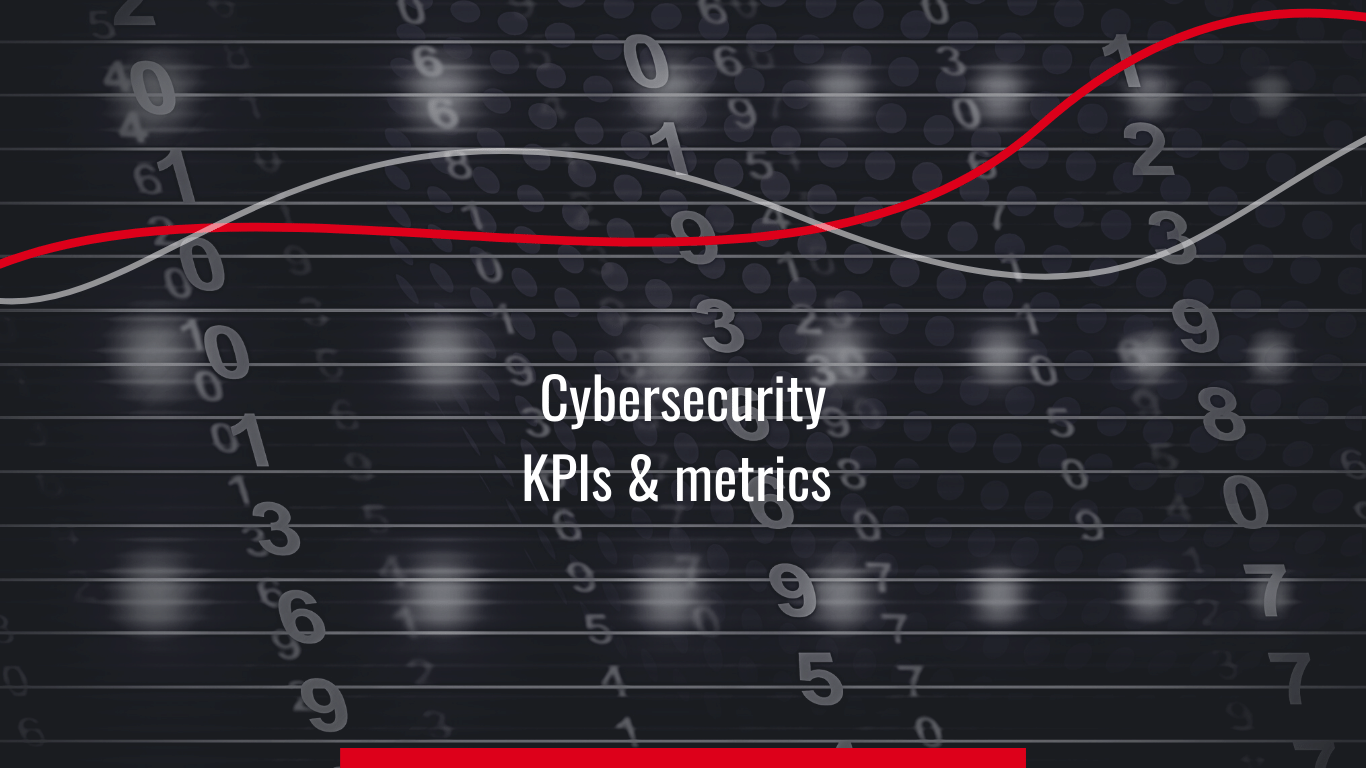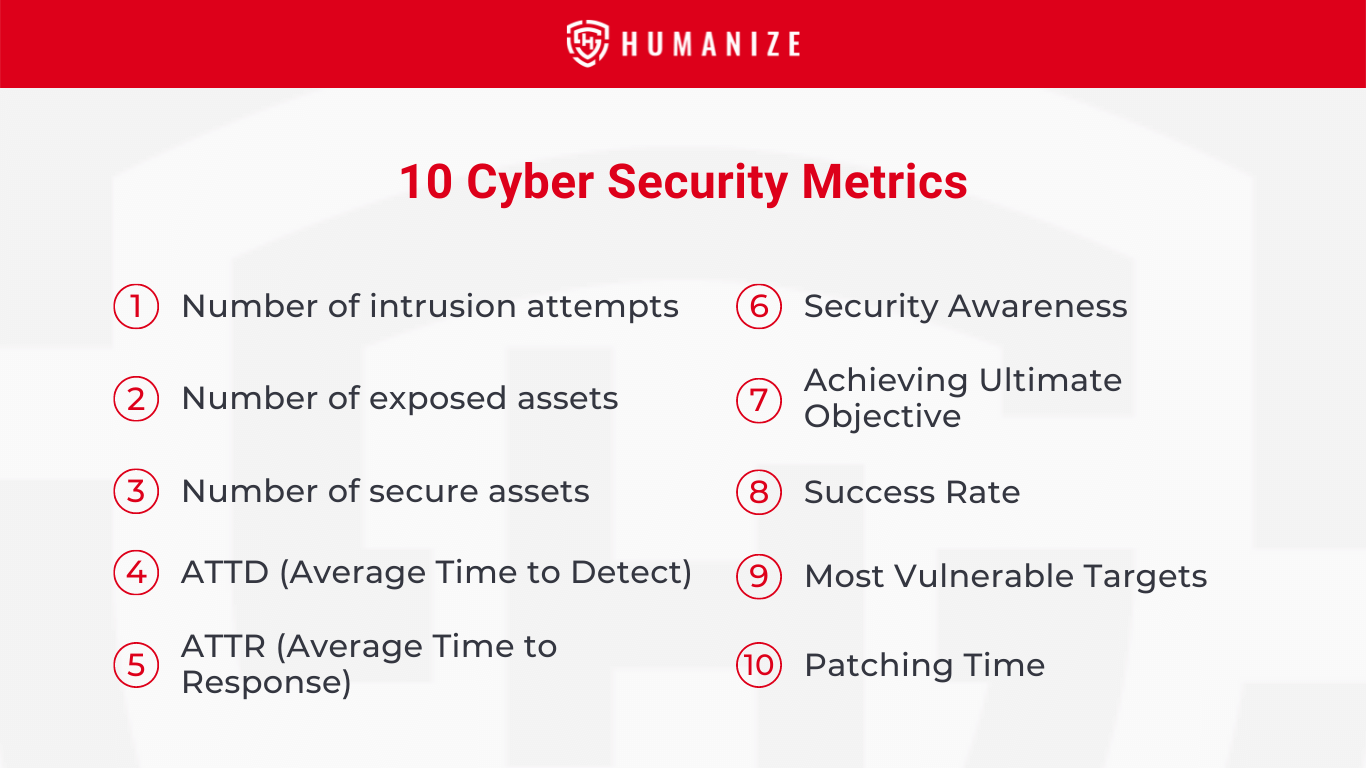Cyber Security Predictions of 2022
Due to the continuous growth in cyber threats, the information security industry is currently on high alertness. Attacks such as phishing, Malware, DDOS, and Ransomware have been getting common over the years.

The alarming landscape of cyber security breaches in the last couple of years has made small and medium businesses develop more reliable and smarter KPIs and metrics for their digital defense.
Key Performance Indicators (KPI) are used to measure or understand performance in terms of time, success, or failure for a specific objective. KPIs are useful to determine how effectively a company is attaining its targets. Depending on the results of KPIs, companies decide future business strategies.
On the other side, metrics are also measurable. Metrics are used to track, assess, and monitor the status of the desired business process for its success or failure.
KPIs and Metrics are often confused and mixed with each other while defining or understanding. Simplistically, KPI is a broader umbrella term, and it has more impact on the progress of any organization, while metrics can be a part of one KPI and they add value to your business but are not as critical to achieve as KPIs.
Some of the cyber security KPIs belong to the categories of Monitoring & Response, Security Rating, Social Engineering Resilient, Access Management, etc. While Detection Attempts, Mean Time to Detect, and Patching Frequency can be the cyber security metrics.
So, the question is how will you find out if your business is secure online?
In this article, we will answer this question along with why SMBs (Small and Medium Size Businesses) need KPIs and metrics for cyber security strategy. Also, we will provide you with the top 10 best metrics to measure your cyber security efforts and guide you in choosing the best KPIs for your business.
When it comes to the security of SMB’s, KPIs play a key role in steering the security of any organization in a secure direction. You are spending a lot from your tight budget to tighten your cyber security online.
SMB’s need to adopt the security KPIs and Metrics to make sure they are secure online. If you are not aware of the total number of cyberattacks your company has faced in the year and how many of them were successful and how many were not, then how are you going to enhance your cyber security? How will you find out if the security system you have installed is working properly or not?
KPI’s and metrics will help SMBs to define a certain objective in terms of cyber security and then monitor it for the performance of the security systems in place.
Moreover, KPIs and Metrics are further essential for SMB’s due to the following reasons:

While defining cyber security KPIs for your business, you should always keep these cyber security metrics in mind. KPIs must be designed in such a way that these metrics must be included to measure the reliability of your cyber security.
Choosing the best suitable KPIs for your business and for each department is highly significant to determine accurate results and move towards the end goal of the business. The following must be considered when choosing KPIs:
Security systems without cyber security KPIs and cyber security metrics are just like a rose without smell. SMB’s must-have to place KPIs and metrics in place to measure the performance of their defense against data breaches. Companies that do not have KPIs and Metrics defined are most likely to make poor decisions that are not based on the real data outputs. Therefore, SMB’s need to adopt KPIs and Metrics for their cyber security to remain in the game of business and combat security threats.
Salience Enterprise Solution is the best option to work and maintain your KPIs monitoring. It will speed up the information aggregation process and provide you with plenty of other features to manage your KPIs. We provide human-readable visualization of data for C-level executives.
Talk to Humanize sales team today.